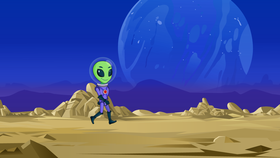Answer Key
Module 5: Jump Over Obstacles
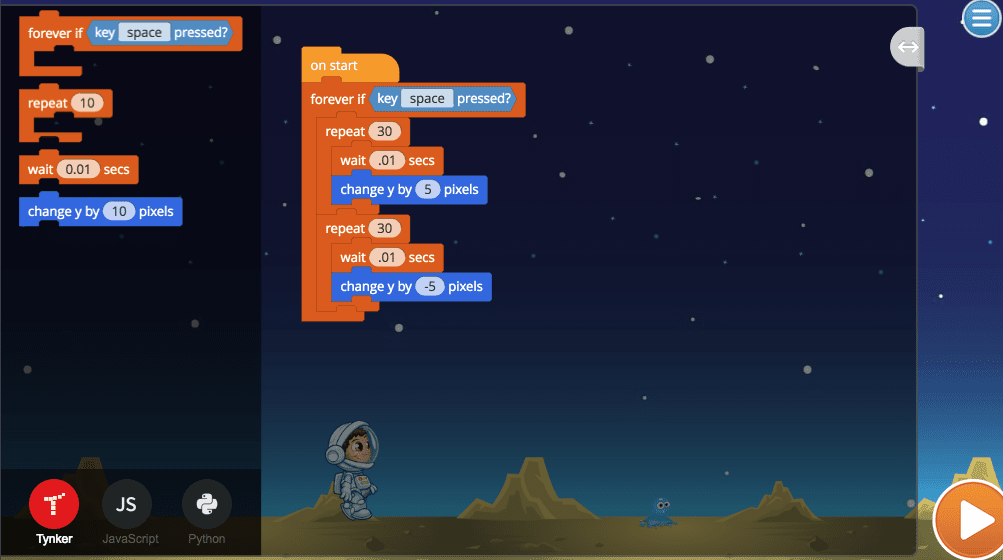
Module 8: Quiz
1.
2.
3.
4.
5.
6.
7.
8.
9.
10.
11.
12.
13.
14.
15.
16.
17.
18.
19.
20.
21.
22.
23.
24.
25.
26.
U.S. Standards
- CCSS-Math: 5.G.A.1, MP.1
- CCSS-ELA: RF.5.4.A, 6-8.RST.3, 6-8.RST.4, 6-8.RST.7
- CSTA: 1B-AP-10, 1B-AP-11, 1B-AP-12, 1B-AP-15, 2-AP-12, 2-AP-13, 2-AP-16, 2-AP-17
- CS CA: 3-5.AP.10, 3-5.AP.12, 3-5.AP.13, 3-5.AP.14, 3-5.AP.17, 6-8.AP.12, 6-8.AP.13, 6-8.AP.16, 6-8.AP.17
- ISTE: 1.c, 1.d, 4.d, 5.c, 5.d, 7.c
U.K. Standards
Key stage 2
Pupils should be taught to:- design, write and debug programs that accomplish specific goals, including controlling or simulating physical systems; solve problems by decomposing them into smaller parts
- use sequence, selection, and repetition in programs; work with variables and various forms of input and output
- use logical reasoning to explain how some simple algorithms work and to detect and correct errors in algorithms and programs
- understand computer networks, including the internet; how they can provide multiple services, such as the World Wide Web, and the opportunities they offer for communication and collaboration
- use search technologies effectively, appreciate how results are selected and ranked, and be discerning in evaluating digital content
- select, use and combine a variety of software (including internet services) on a range of digital devices to design and create a range of programs, systems and content that accomplish given goals, including collecting, analysing, evaluating and presenting data and information
- use technology safely, respectfully and responsibly; recognise acceptable/unacceptable behaviour; identify a range of ways to report concerns about content and contact
Key stage 3
Pupils should be taught to:- design, use and evaluate computational abstractions that model the state and behaviour of real-world problems and physical systems
- understand several key algorithms that reflect computational thinking [for example, ones for sorting and searching]; use logical reasoning to compare the utility of alternative algorithms for the same problem
- undertake creative projects that involve selecting, using, and combining multiple applications, preferably across a range of devices, to achieve challenging goals, including collecting and analysing data and meeting the needs of known users
- create, reuse, revise and repurpose digital artefacts for a given audience, with attention to trustworthiness, design and usability
- understand a range of ways to use technology safely, respectfully, responsibly and securely, including protecting their online identity and privacy; recognise inappropriate content, contact and conduct, and know how to report concerns
Description
An introduction to programming for beginners in upper elementary grades. Introduce your class to programming using a fun scenario-based approach where they build two complete games. Side Scroller Survival introduces them to basics of motion and animation. In BeatBot Battle, they program a robot to make it dance. On completing this lesson plan students will be able to build simple games, animations, and a variety of simple projects.
Topics
- Use sequencing
- Pattern recognition
- Loops
- Conditional logic
- Create scenes
- Add sounds and music
- Use keyboard controls
- Learn about motion
- Broadcasting messages
- Adding special effects
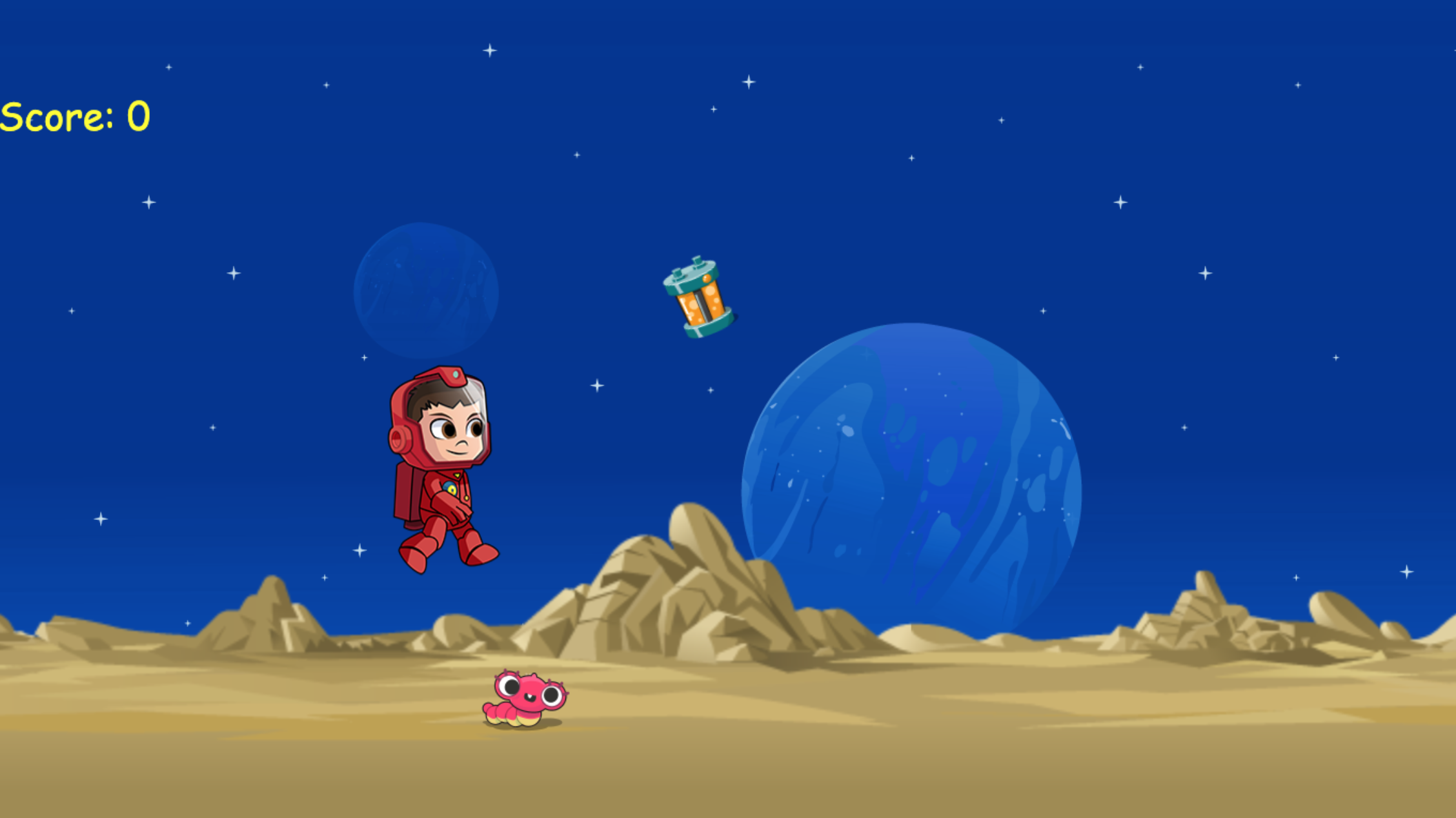
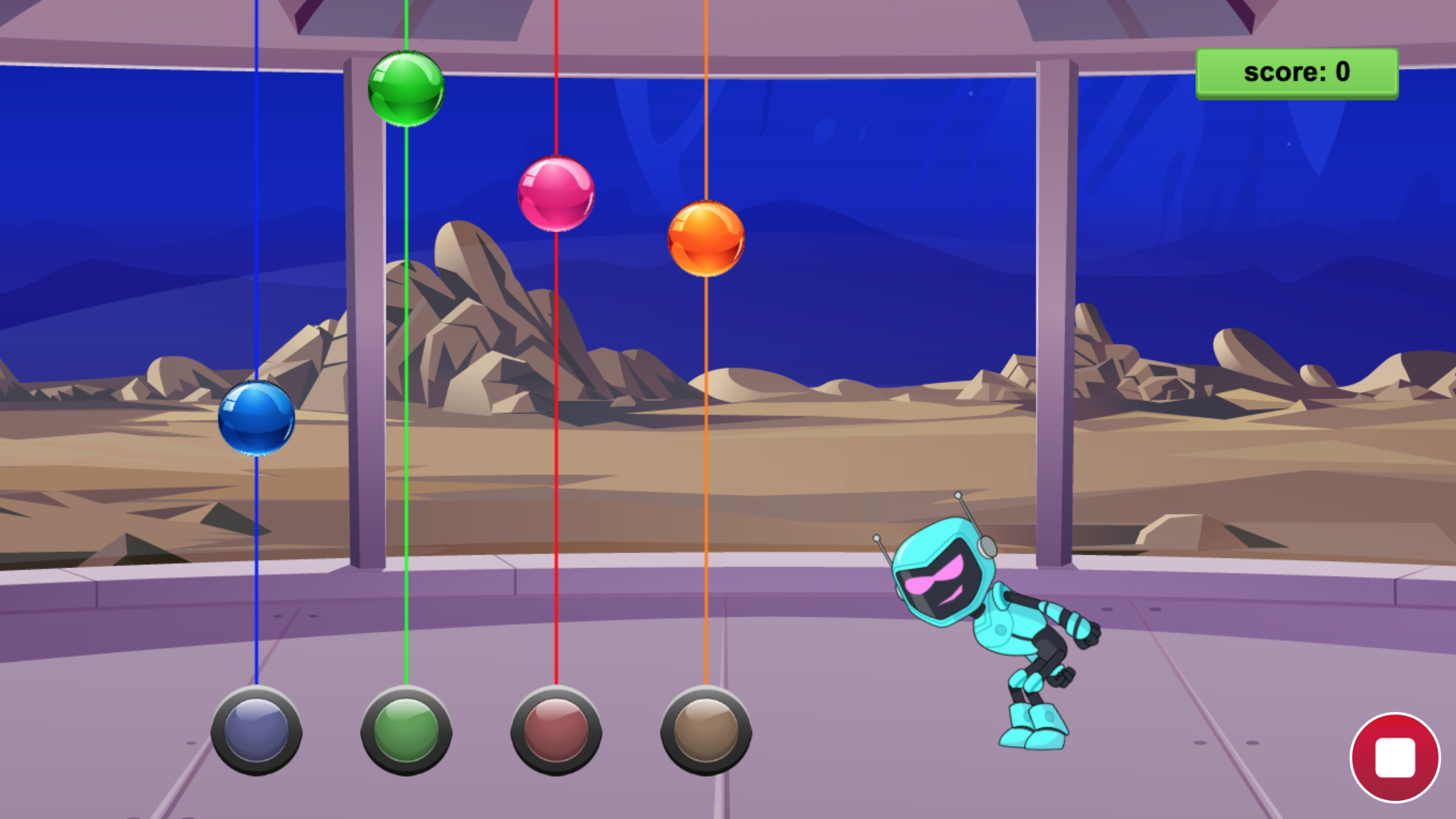
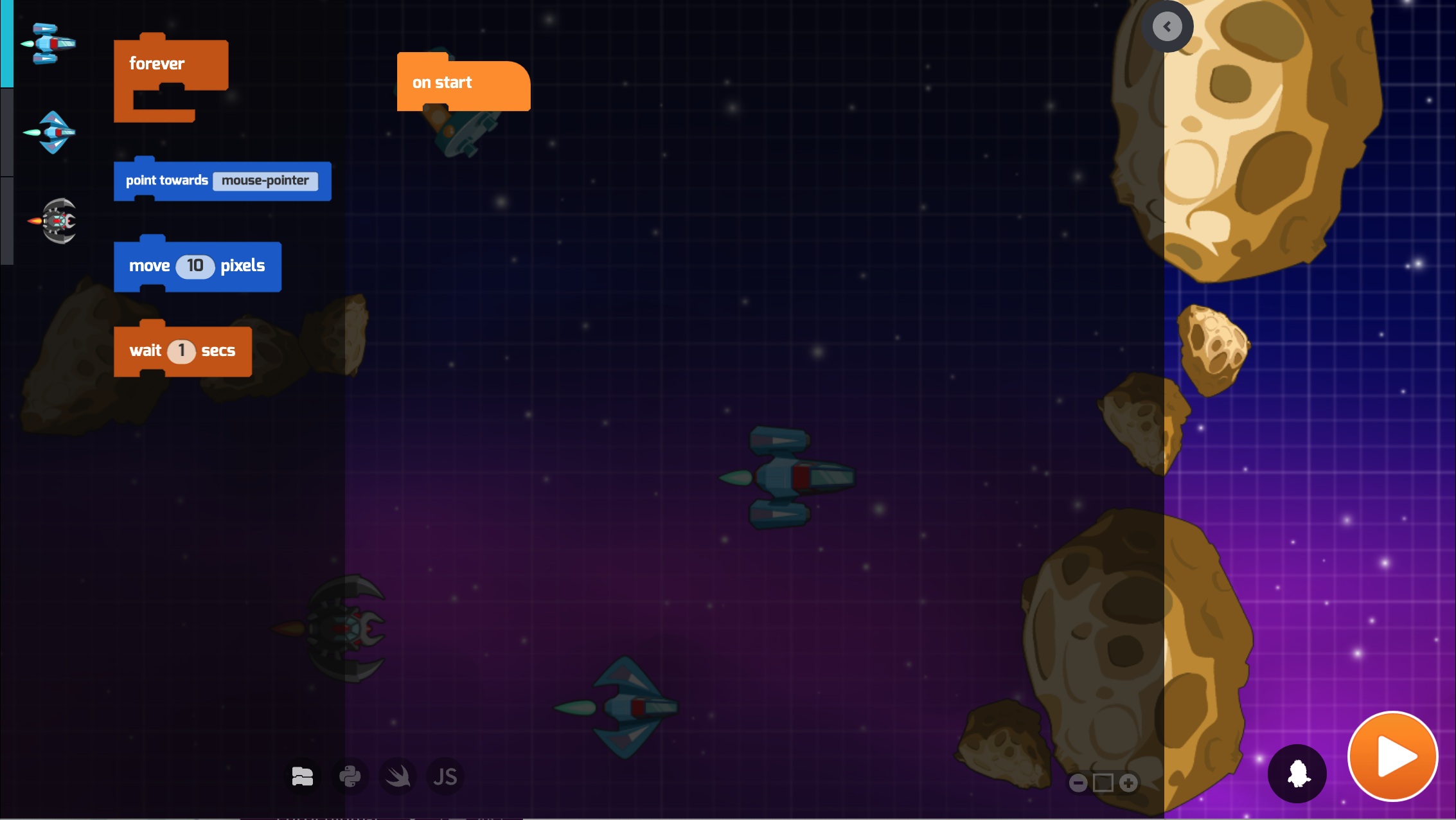
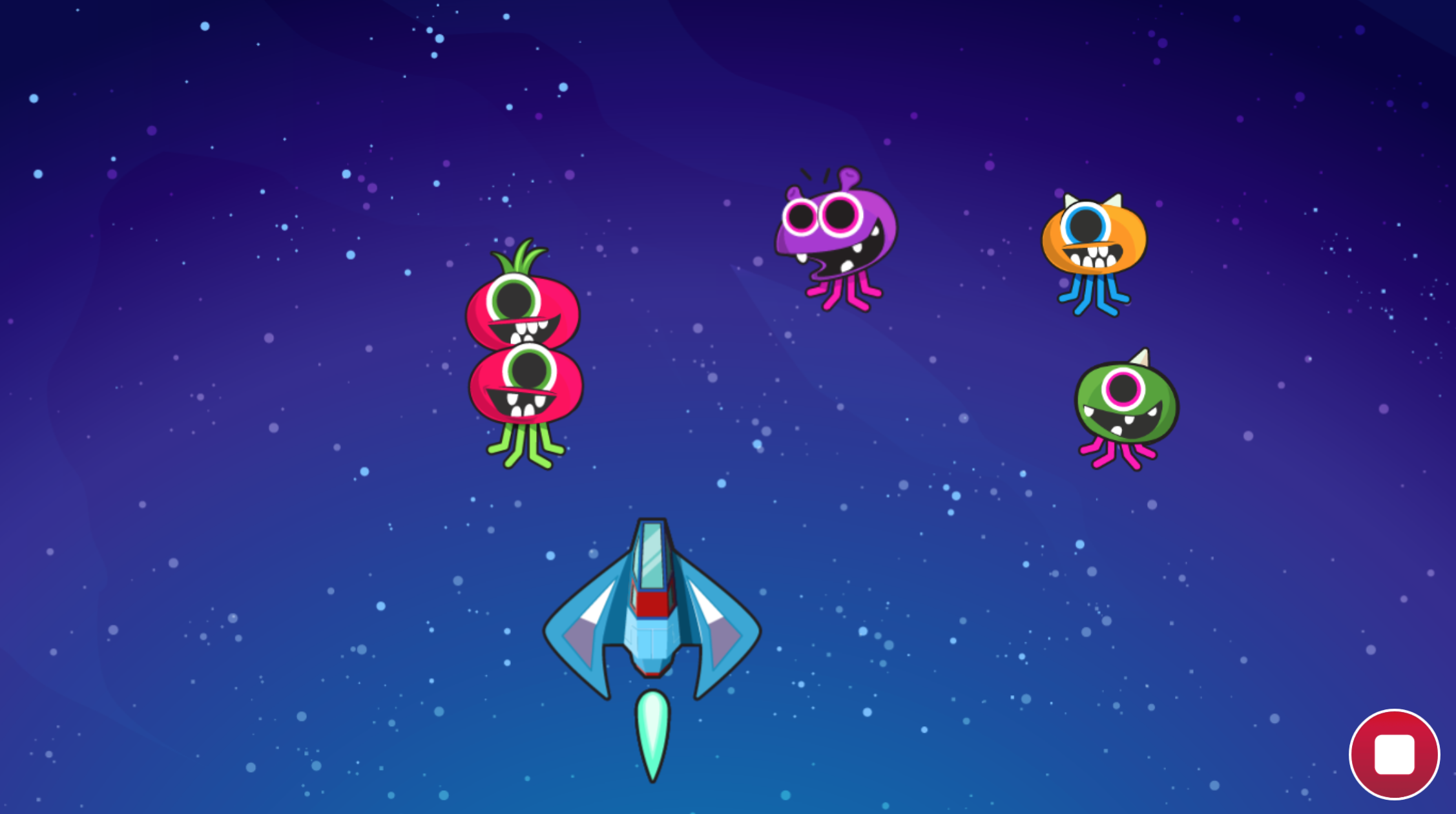
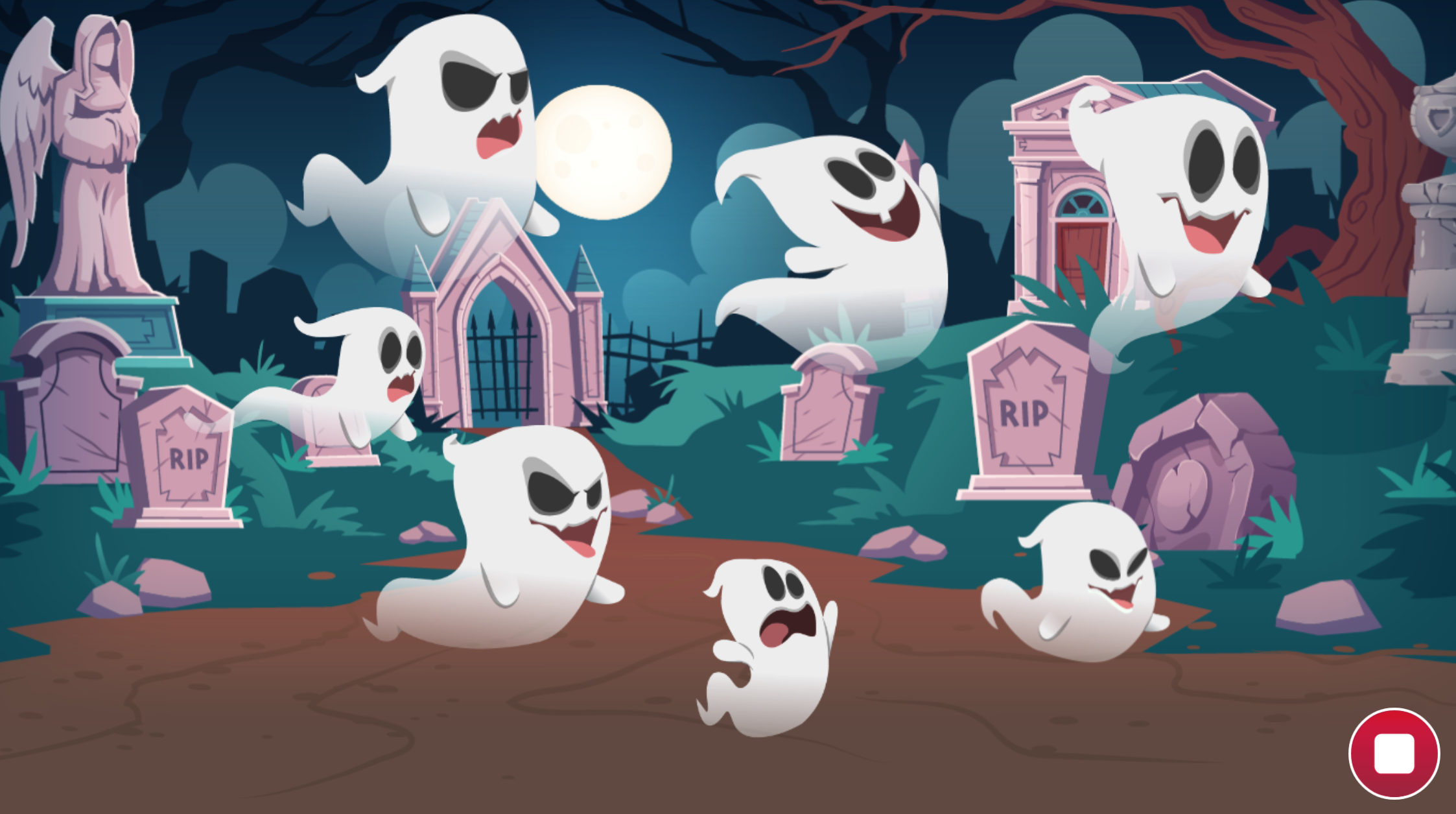
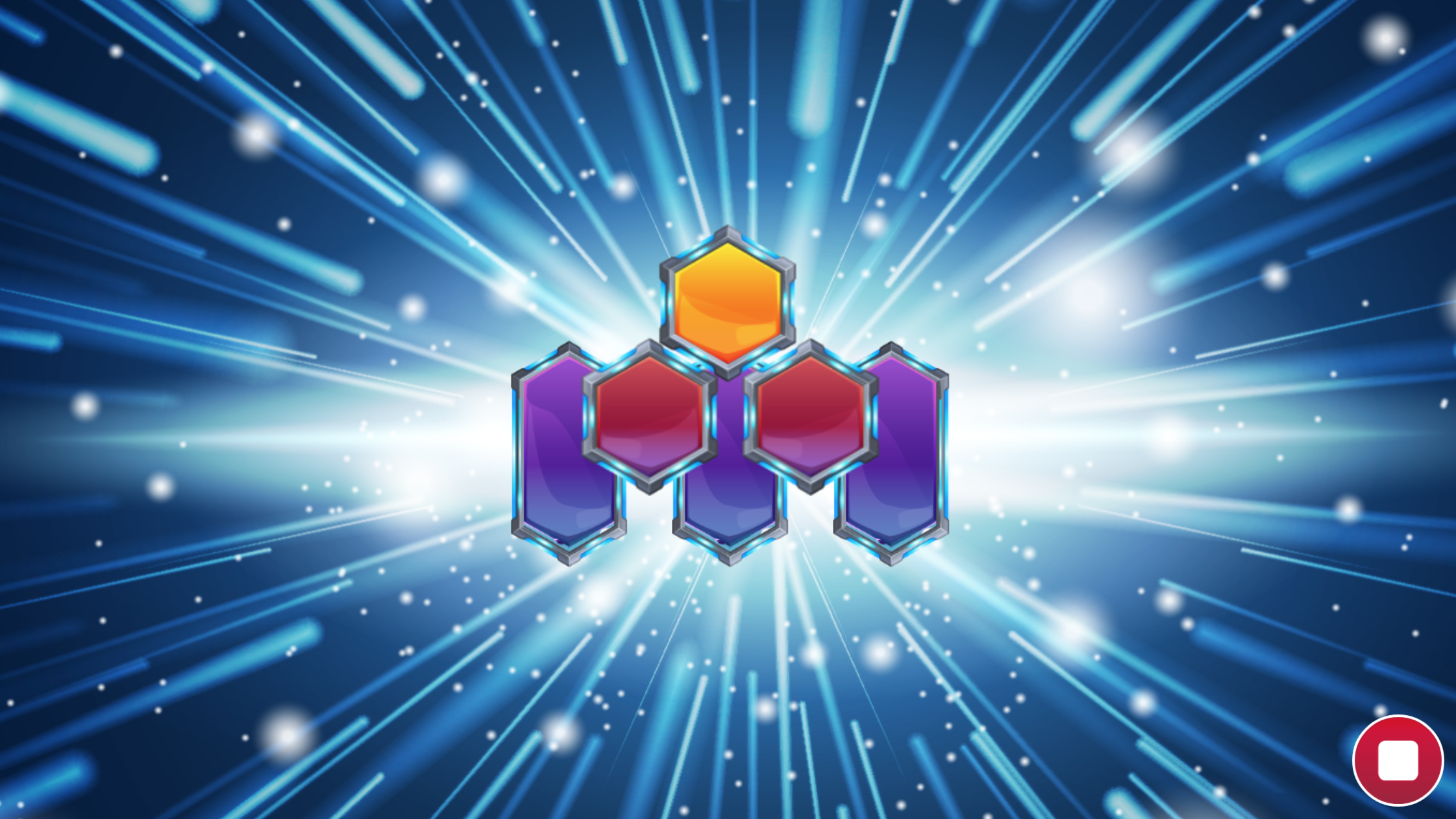
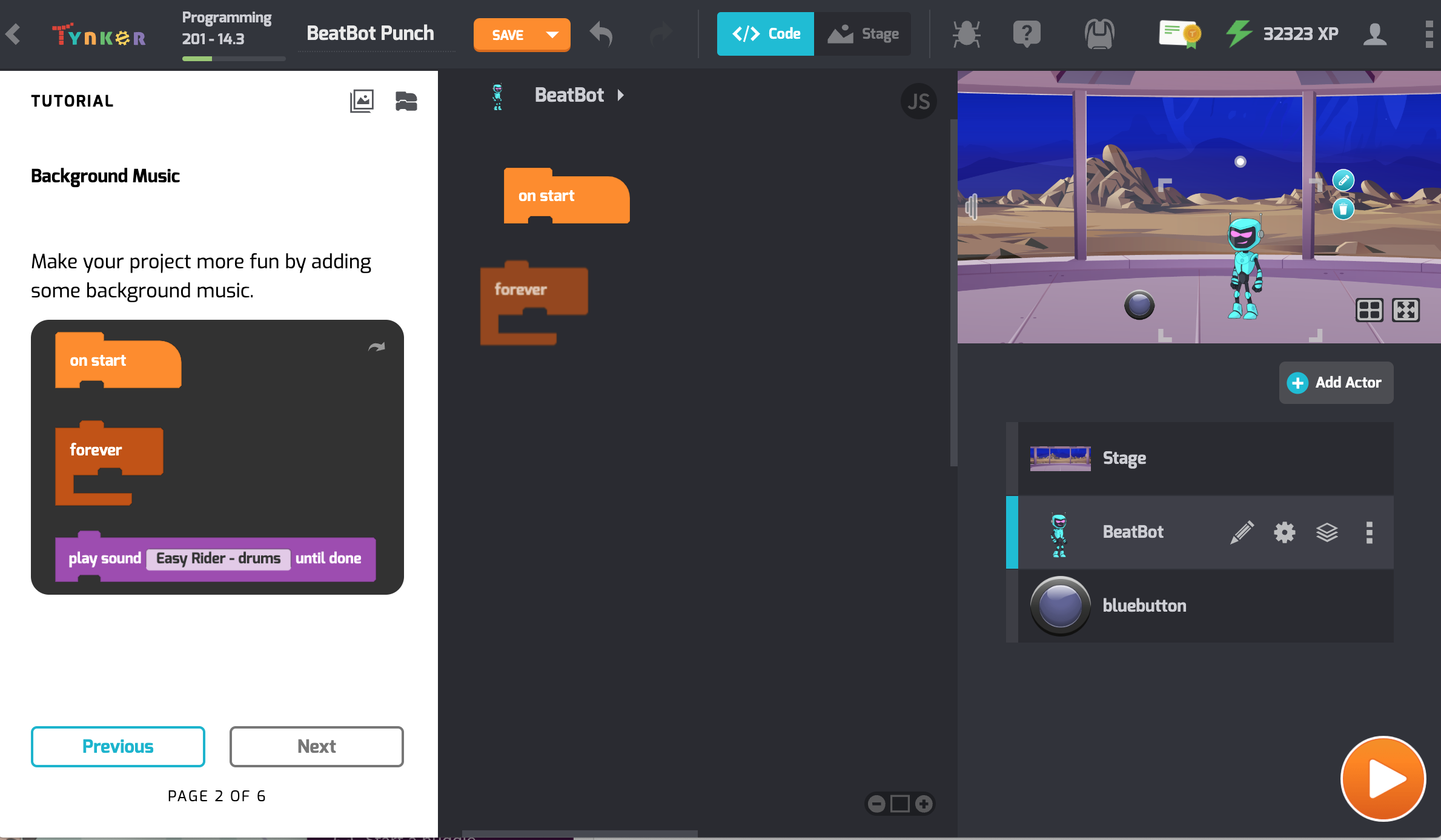
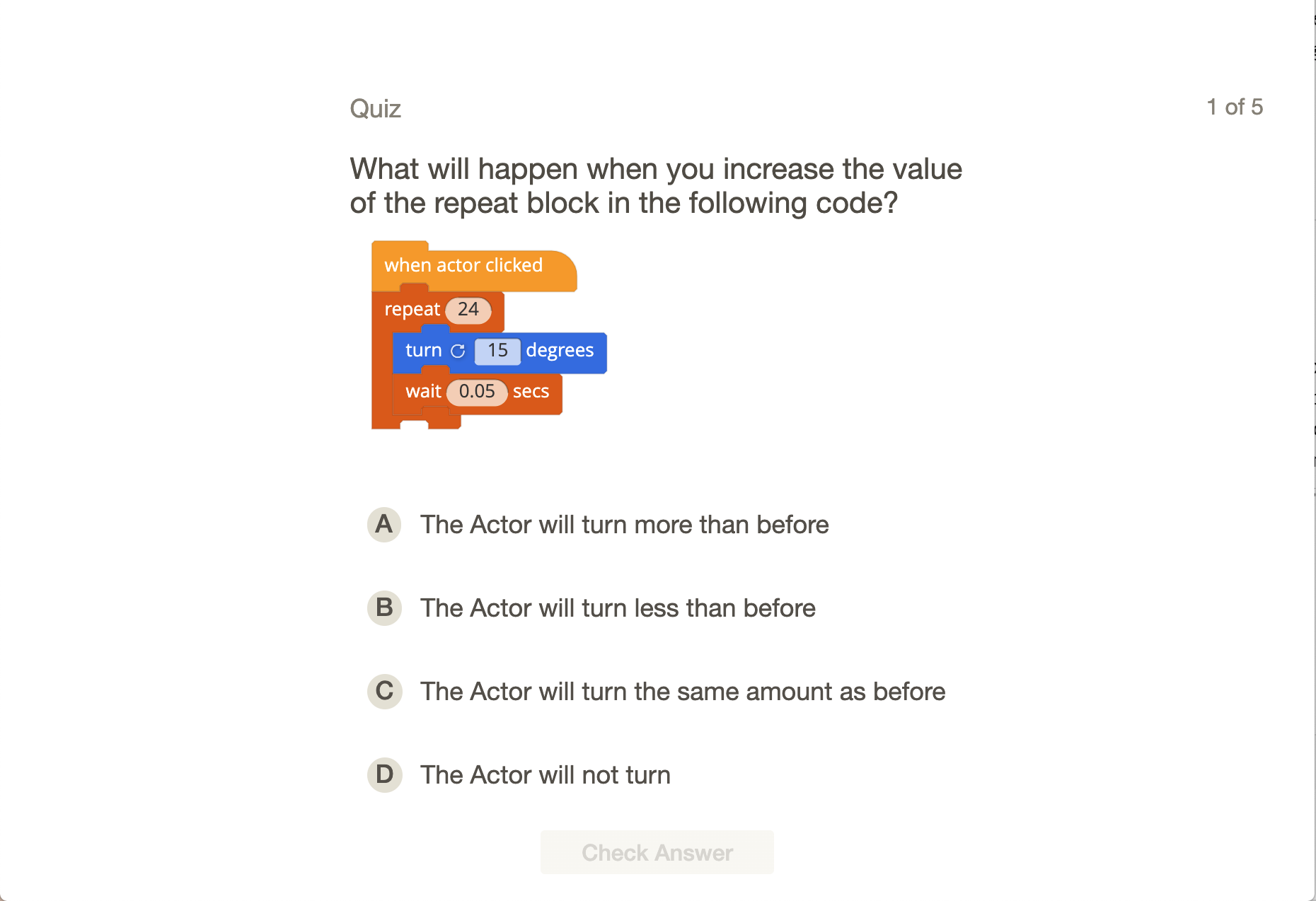
What Students Learn
- Create interactive scenes with actors, scenes and music
- Design animations using loops
- Program motion along x- and y-axes
- Build algorithms using conditional logic
- Understand scripts running in parallel
- Program music using notes, tempo and instruments
- Create different scenarios and effects in games
- Publish projects to the Web
- Troubleshoot and debug simple programs
Technical Requirements
* Online courses require a modern desktop computer, laptop computer, Chromebook, or Netbook with Internet access and a Chrome (29+), Firefox (30+), Safari (7+), or Edge (20+) browser. No downloads required.
* Tablet courses require an iPad (iOS 10+) with Tynker or Tynker Junior app installed and Internet access
Lesson
4 : Jumping Over Obstacles
Programming 201
Time: 60+ minutes
Introduction
Tynker Blocks Introduced
Vocabulary
Objectives
Materials
Warm-Up (15 minutes)
Activities (45 minutes)
Facilitate as students complete all Jumping Over Obstacles modules on their own:
1. Concepts (Concepts)2. Make Gus Jump Example (Example)
3. Make Gus Jump (DIY)
4. Make Gus Jump 2 (DIY)
5. Jump Over Obstacles (Puzzle)
6. Jump on your Own Example (Example)
7. Jump on your Own (DIY)
8. Quiz (Multiple-Choice)


